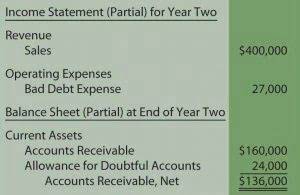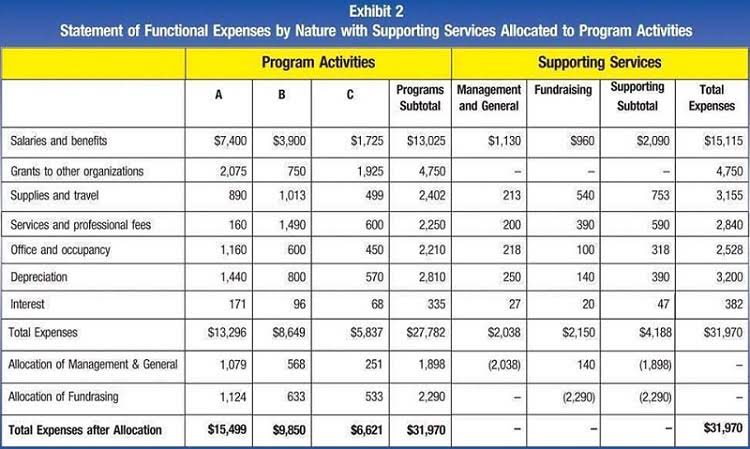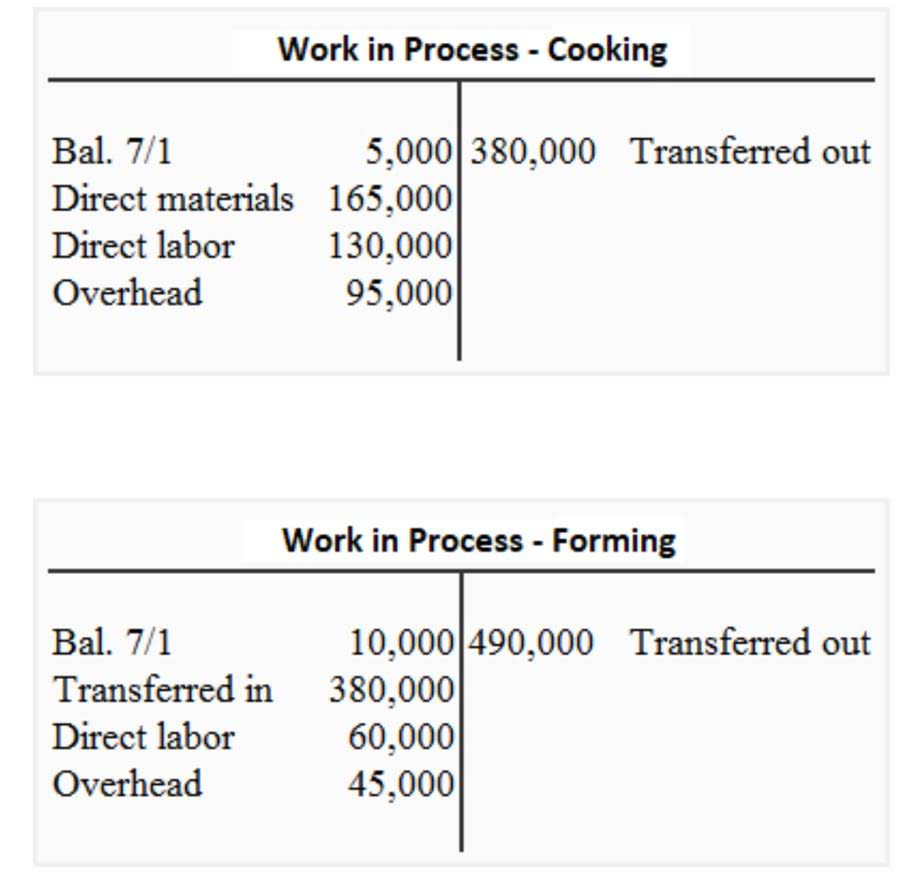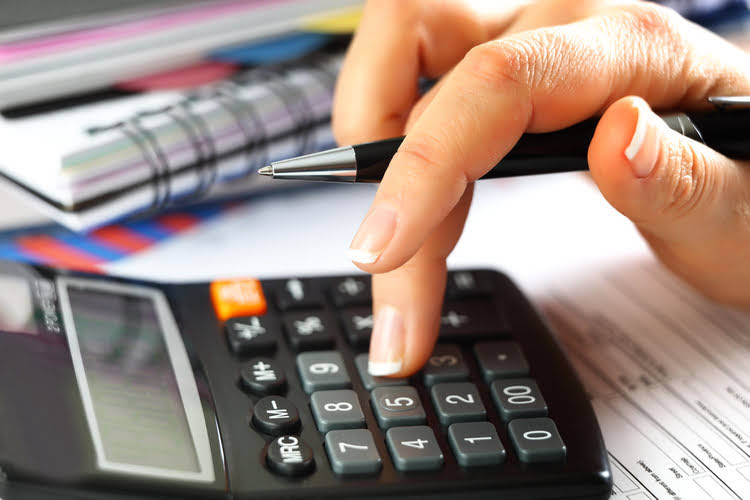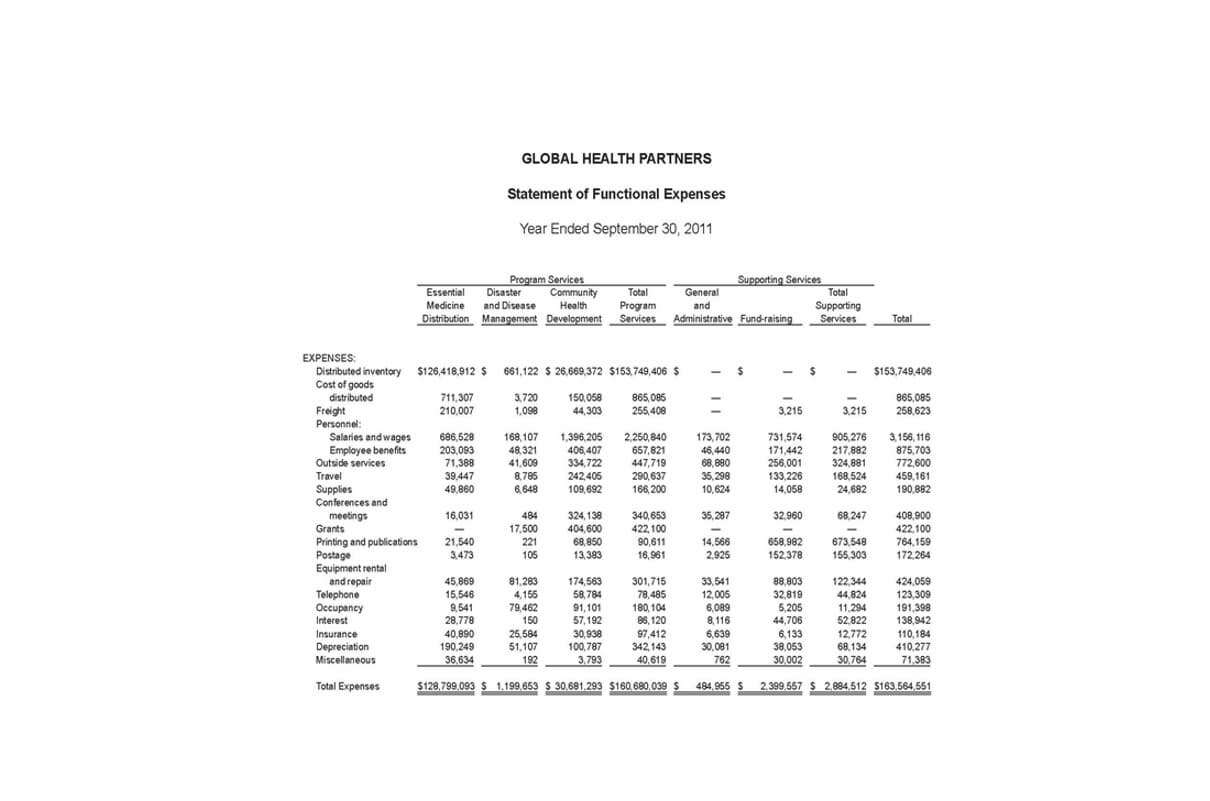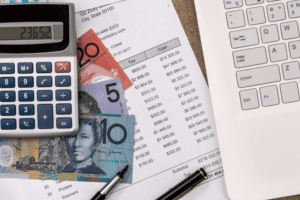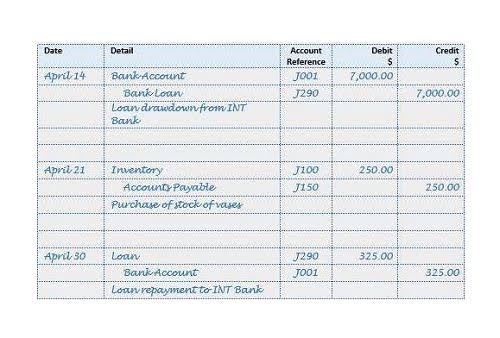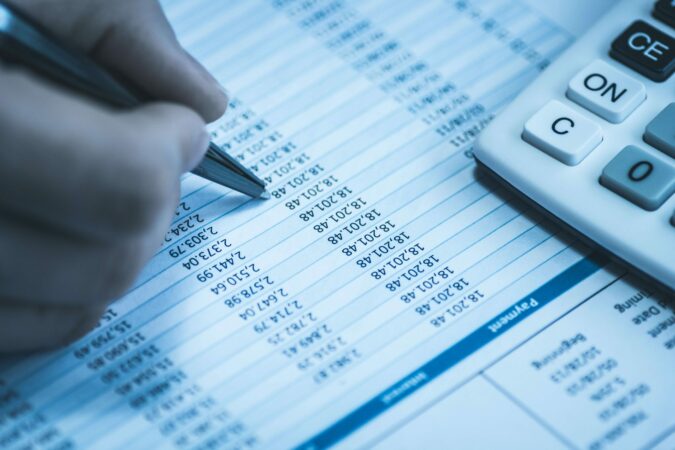AI can also help with document management, enabling auditors to easily locate and access relevant financial records and data. Predictive analytics can be used to forecast cash flows, which is critical for businesses to manage their working capital and make investment decisions. One of the most significant ways that AI is creating new job opportunities is through the development and deployment of AI systems, cloud-based systems, or AI-powered tools. This AI creates questions for accountants to send to clients or modify, saving them time and effort from retyping. Applications of which quickbooks is best for an llc include both sophisticated and mundane tasks that will streamline operations for your accounting practice. Docyt also allows you to keep all critical financial information and documents in one secure place and create separate vaults for different projects or businesses.
Artificial intelligence is transforming the accounting industry by providing numerous benefits to accounting professionals. Invoice processing and reconciliation are essential components of accounting and finance departments. Artificial intelligence (AI) can perform various tasks related to accounting, such as data entry, analysis, and report generation. DARTbot is just one of the ways that we are infusing Generative AI applications and capabilities across our organization to help our professionals become more efficient and productive. Deloitte is also rolling out purpose-specific LLMs and chatbots to support specialized teams across its businesses. I understand this consent is not a condition to attend PSU or to purchase any other goods or services.
- AI technology is relatively new, and many accountants and auditors may not have the expertise or training to effectively use it.
- However, getting started with accounting AI can be a daunting task for many organizations.
- As AI algorithms are exposed to more data, they become more accurate and effective, enabling accounting professionals to perform their tasks more efficiently and effectively.
- ChatGPT not only wrote entire sections of this blog post, for demonstration purposes, but also made suggestions, saving time, and ensuring high-quality content with human input.
- Midjourney is a generative AI tool that uses written prompts to create custom images.
- That said, it still takes humans to load and unload them, choose the best water temperature and put clean clothes away.
With Docyt, you can make better-informed decisions with real-time financial insights, empowering your management team with on-the-spot visibility into your overall financial health. AI impacts traditional accounting jobs by shifting the focus from manual data entry and paper-based transaction processing to more strategic work that contributes to improved business results. Companies will hire less staff to handle routine tasks by using automation software for accounting workflows like invoice processing and making global payments. AI has the potential to revolutionize the way accounting tasks are performed, enabling accountants and auditors to focus on higher-level analysis and strategic planning. By automating routine tasks, such as data entry, categorization, and reconciliation, AI technology can improve the speed, accuracy, and efficiency of accounting processes. No, accounting artificial intelligence isn’t replacing human accountants or stealing accounting jobs (yet).
To remain competitive, professionals must stay abreast of AI’s progress to leverage its potential for their organization’s future success. The best way to embrace the use of AI in your accounting processes is to understand the multitude of potential AI applications and how AI can contribute to business profitability. Rather than spending a lot of time wrangling with ChatGPT chatbots or data science models in Python or R language on your own, consider using modern software that embeds AI technology.
Whether you have newer cloud accounting systems or legacy on-premises software in your company, use modern cloud-based add-on software products with integration to your ERP software system. AI-assisted scenario generation is one AI finance application that can help you contribute meaningfully to the strategic business plan, making other strategic decisions, and your company’s financial performance. With these AI-generated scenarios, you’ll need to use your business judgment to determine which of these scenarios are realistic and feasible. AI brainstorming through machine learning applications in finance is achieved through access to vast amounts of its training information and continuous improvement. AI can enhance the results in creating scenarios and widen the range of possible business opportunities. From paper-based processes to cloud-based software, accountants are no strangers to change.
Accounting firms have long used data entry software to reduce human error and improve profitability. MarginEdge, a restaurant software platform providing automated invoice processing with F&B cost analytics. Bo Davis, co-founder/CEO of MarginEdge, a restaurant software platform providing automated invoice processing with F&B cost analytics. While AI is a superb tool, it isn’t something that can take the place of a real person in all tasks. There are just some things that a human can do better — like getting to know clients’ needs and plans for the future and crafting personalized financial analysis to help them get there.
Forward-thinking financial leaders are shifting the tides by using AI to analyze enormous quantities of financial data at speed and scale, providing real-time insights into a business’ financial health. Because accounting AI tools are built to boost efficiency, minimize the risk of human error, and enhance overall productivity. The reality is this—AI presents an opportunity to guide financial professionals and businesses toward a new era of efficiency, accuracy, and strategic prowess. The terms “automation,” “machine learning” and “machine intelligence” are often used interchangeably with “AI.” These terms are related, but each has a slightly different, narrower focus. The following definitions will help clarify their use as related to AI in accounting.
Once an invoice is uploaded, Vic.ai can extract essential details from invoices, detect duplicates, and put the approval process on autopilot. It also keeps your team on track by identifying which employee needs to review each step of the invoice approval process. Furthermore, the ability to interpret data and provide insight into trends requires human judgment which AI cannot replicate.
AI is a valuable accounting tool
It’s easy to get overwhelmed by the prospect of AI becoming widely used in accounting, especially if a CPA hears Mark Cuban in the back of their mind predicting skills like accounting being replaced by automation. But instead of https://quickbooks-payroll.org/ fearing these advancements, CPAs should embrace them and find ways to augment their skills rather than replace them. Automate tasks and work faster with AI and GPT securely integrated into your collaborative practice management.
AI is a valuable accounting tool that can streamline data entry and analysis and help business accounting systems become more accurate and reliable. However, AI can’t replace many financial sector elements that require a personal touch. However, numerous tech tools and resources make accounting easier, more accurate and more reliable.
Blue Dot is an AI tax compliance platform that uses patented technology to help businesses ensure tax compliance. Reduce tax vulnerabilities for consumer-style spending and get a 360-degree view of all employee-driven transactions. For example, the ClickUp Accounting Template is designed to help manage your invoices, sales records, income, and predicted revenue. Keep up with accounts receivable and accounts payable (AR/AP) and use resource tracking to improve overall financial performance. Accounting is all about calculations, mathematics, regulated processes, and tax compliance.
Exploring the Benefits of AI in Accounting and Finance
If you’re using ChatGPT, you’ll need to input information through a prompt using PDF or other types of data files to close the gap between ChatGPT’s 2021 ending test data date and the current year. In fact, 71% of accounting professionals believe AI will bring substantial changes to the accounting industry. This article will cover the most important topics about AI in accounting—from its current and future role in the financial space and your workflows, to key AI trends in 2023 and the tools that will help you meet your goals. All in all, learning about the use of AI in accounting and its impact on your role as an accountant can only serve you well, as the future of accounting continues to intertwine with AI and computer-driven processes. Upskilling in this area will be beneficial to your accounting career both immediately and in the long term. New, evolving accounting roles incorporate the use of AI tools, allowing accountants the opportunity to upskill their roles and provide a broader portfolio of services.
Best AI Tools for Accounting & Finance in 2024
Now, let’s jump into some actual artificial intelligence tools accounting firms can use to increase productivity. With more reference data scraped from a diaspora of web sources, AI is getting better at categorizing items within a similarity threshold, bringing more human-like judgment to expense reports and tax filings. Along with instantly creating invoices and processing payroll, AI is exceptionally good at identifying patterns and anomalies. This can help discover instances of noncompliance to enforce corporate policies and identify acts of improper spending to decrease the risk of fraud.
Industry recognition for Audit & Assurance Deloitte US
NLP technology like the generative AI tool, ChatGPT, assists your business in achieving enhanced automated chart of accounts coding accuracy. Business support function improvement can be achieved by using AI accounting software with automation. AI applications include machine learning in accounting and other types of AI technology.
With automation software, automated invoice processing workflows, including supplier onboarding and accounts payable and expense management can be achieved electronically using AI technologies and RPA. Automation software streamlines and eliminates time-consuming paper document handling and manual data entry. We explain how to use artificial intelligence in accounts payable in more detail in another guide.







